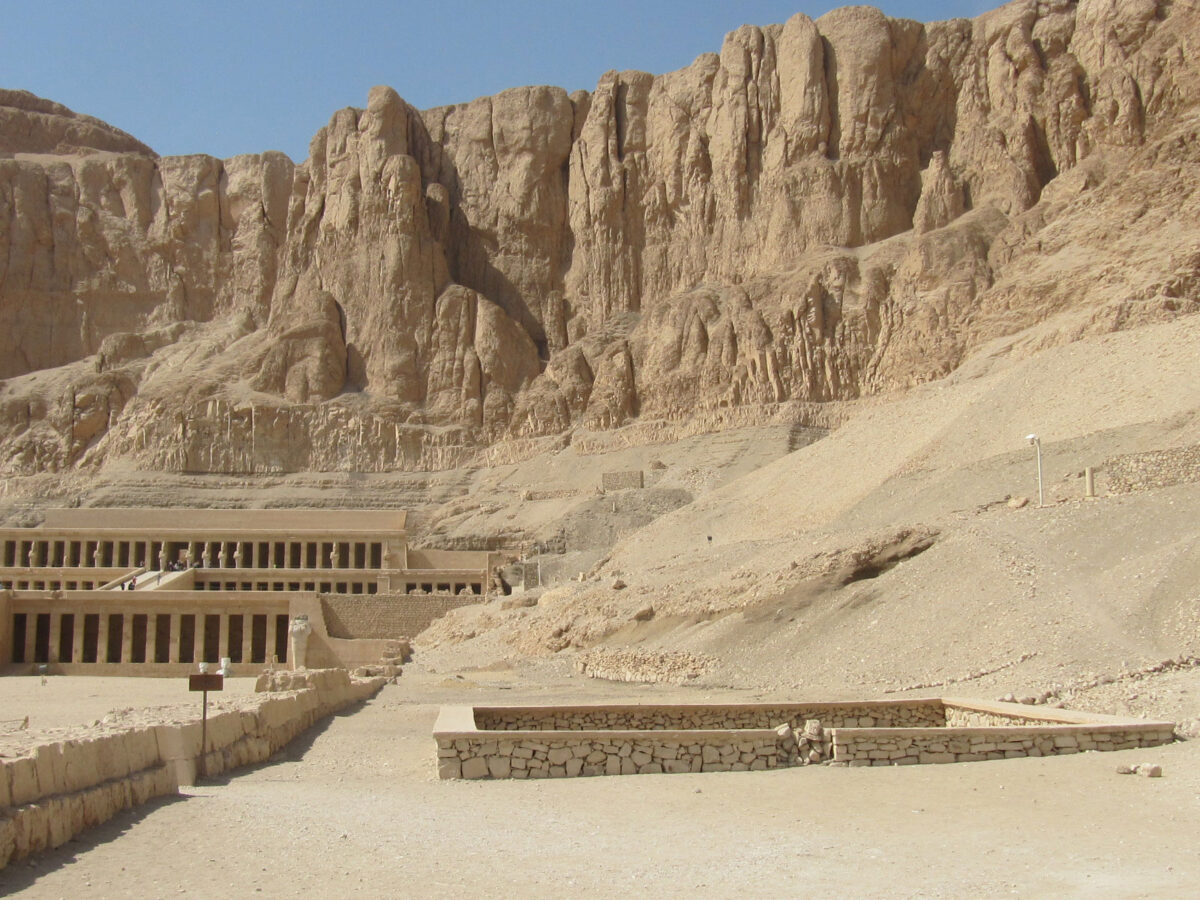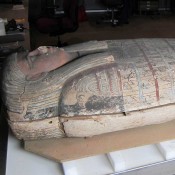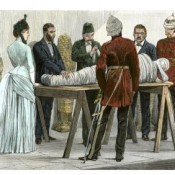The mummies and objects found at the cache of Bab el-Gasus Cache in 1891 go online. France Jamen (Associate Researcher at the Laboratory History and Sources of the Antique World, Lyon) and Alain Dautant (French National Centre for Scientific Research, Bordeaux) in collaboration with the InVisu Laboratory (INHA – French National Centre for Scientific Research), have created a database for the Bab el-Gasus cache (Luxor, Deir el-Bahari), known also as “The Priestly Cache”.
The 1891 discovery of the Bab el Gasus cache, next to the Temple of Hatshepsut at Deir el Bahari has been fundamental for shedding light on the history and the society of the Third Intermediate Period in Egypt (1070-655 BCE), as the site where 153 members of the Theban elite of the end of the 21st Dynasty (1069-945 BCE) had been interred. Till the time of their discovery though, the finds remained little studied. Actually, the 4000 objects that come from the cache, scattered between 90 museums across the world, remained largely unpublished or, when mentioned, they are seen out of an archaeological, historical, and social context. In that light, the new database seeks to gather together all the sets of information available. This database seeks to centralize all the information that can be gathered on these objects and their owners. It will provide an overview of the discovery and a representative sample of funerary material from the end of the 21st dynasty.
The current version contains all the names (223) and titles (274) of the 153 deceased buried in this tomb and 70 related persons along with a first set of 1280 funerary objects conserved in 97 museums in 26 countries.
The database is accessible online at:
http://beg.huma-num.fr/index.htm



